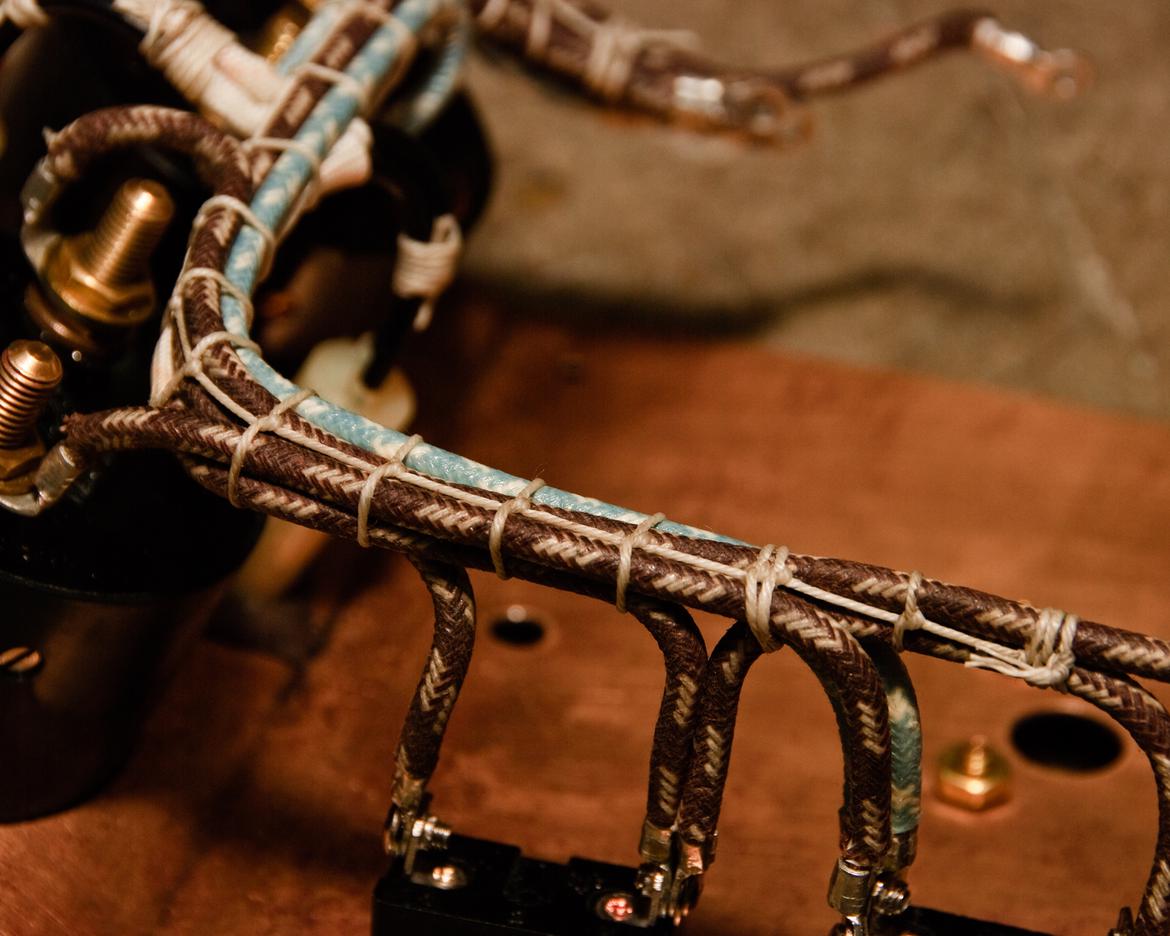You guys didn't seem to mind my 1934 Ford 3W coupe build thread and when I mentioned my 1932 Ford pickup, there seemed to be enough interest, so I'm starting this build thread. I'll start with the current repair and upgrade plan and then give you some background on the truck in the next few updates.
My older son, Jack, and I built this truck in about 90 days back in 2011. He was 15, so it was a great father/son project. It went fast for two reasons:
- It's a simple build and a fair amount of the work was already done.
- 15 year-olds are impatient and think everything is fast and easy: Jack pushed to get this thing done and sucked me along!
More on that later.
For now, here's a picture of it from a few years ago. It hasn't changed since then.
Like many of you, I've got a lot of cars, and this one gets driven once or twice a month, plus some time at local events. So not much. It's been "finished" since 2011, but as you all know, things are never finished. There were a couple of details to tidy up, plus the free used 1940 flathead we put it in had a couple of issues. Since it ran and drove, I didn't want to take it off the road until I was sure I'd have time to address the issues. It looks like I will have time, plus my younger son Chris (18) is ready to pick up where Jack left off, so the next part is another father/son project. I'm a very lucky guy.
So, here's the scope of work for these repairs and upgrades:
- Six cylinders have 110 psi of compression. One has 60. One has 15. It's got a lumpy idle, but it ain't the cam...
- It might end up with a set of aluminum aftermarket heads, a different carb setup, and headers/exhaust. We'll see.
- The fuel gauge reads backward: If it's at 1/4 tank, it reads 3/4. If it reads full, it's nearly empty. That pattern needs to be reversed.
- The odometer doesn't work and the speedometer needs a ratio adapter.
- No hand brake.
- Front shocks are original '32 Ford units (leaking badly and only work for a few days when full of oil.) No rear shocks. It's getting tube shocks.
- It's a steel body and bed with fiberglass fenders. I got a deal on a set of steel front fenders at the Hershey AACA swap meet a few years back and they will be replacing the fronts.
- Wiring is done, but I never laced it properly and it still has temporary tie wraps.
- Maybe a few more things will creep in...
So, two detail pictures of the start of the project. First, we pulled the fenders, hood, and got the nuts off of the heads to start getting into the compression issue. The heads are stuck on the block. We think it's a combination of being rusted to the head studs and sealer on the head gaskets. We're giving it a few days of penetrant on the studs before we attempt the brute force of pulling them off.
Those ugly zip ties need to be replaced with waxed string lacing. See them on the firewall and the picture below?
This is what laced wiring looks like when it's done right (not my work):








































